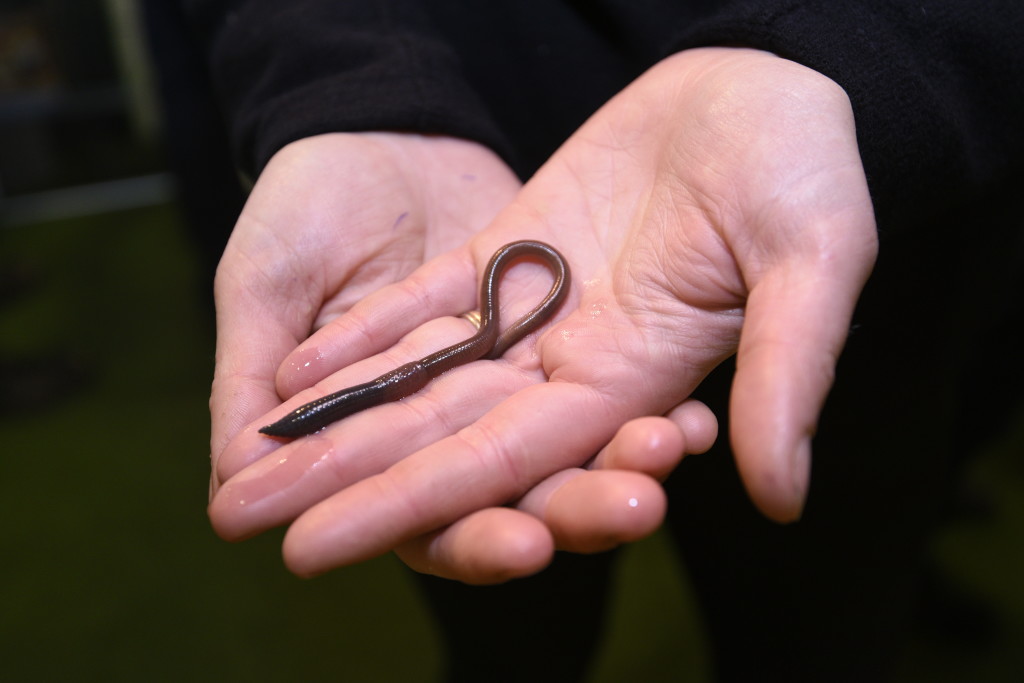Foreign worms throughout New Zealand farms
Some worms are more beneficial to farmers than others in New Zealand. Who would have thought Kiwi worms aren’t that helpful? Reporter Kyra Dawson finds out what farmers are looking for when it comes to worms.
Although New Zealand has over 200 documented native worms, farmers don’t find them near as helpful as the accidently introduced ones.
This month, in combination with Beef and Lamb NZ, AgResearch is running The Great Kiwi Earthworm Survey.
“What we want to do is find out what the distribution of earthworms is around New Zealand,” said Sarah Fraser, the national manager of corporate communications for AgResearch.
Native species are not normally found in a pasture or crop, preferring the bush or tussock area.
The ones found in an urban environment or a crop or pasture environment are introduced worms and only around 13-20 species have been documented within New Zealand.
Ross Gray, senior research scientist for AgResearch, is at Fieldays this year with a display of 12 species of worms. One is Asian, one is New Zealand native and the other 10 are European. Some worms have been brought from as far as Hawke’s Bay to be at Fieldays.

There is little species diversity in New Zealand “because nobody in our original history thought to bring earth worms to our exotic pastures or urban environments”.
“So what we have ended up with is an earthworm species spread across the country, basically, by accident,” said Gray.
Gray said AgResearch is looking at introducing the blackhead worm which is a deep burrowing species into farm scale environments.
Deep-burrowing worms feed on dung or organic matter from the surface. They take it down into their deep burrows which helps fertilize the soil, and also improves the aeration of the soil.
“We are looking at transporting these worms from where they are common to farms where they are not found. We will investigate the success that we have with these introductions.”




